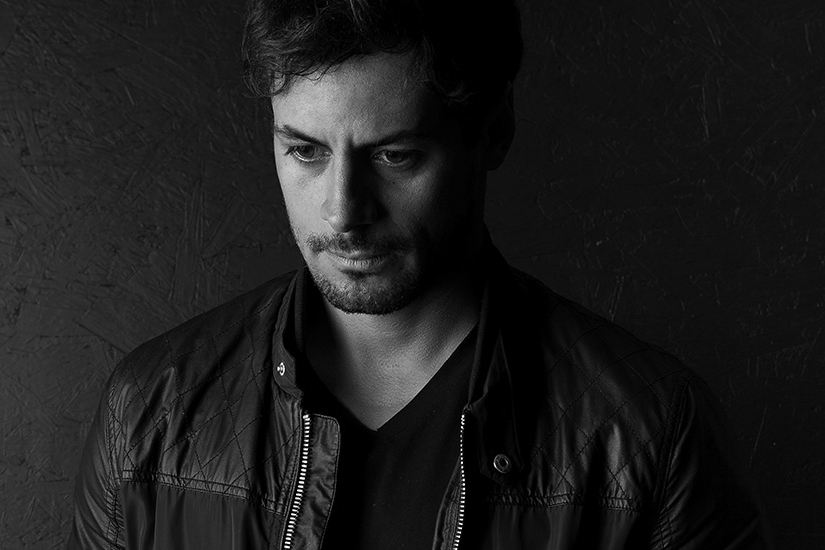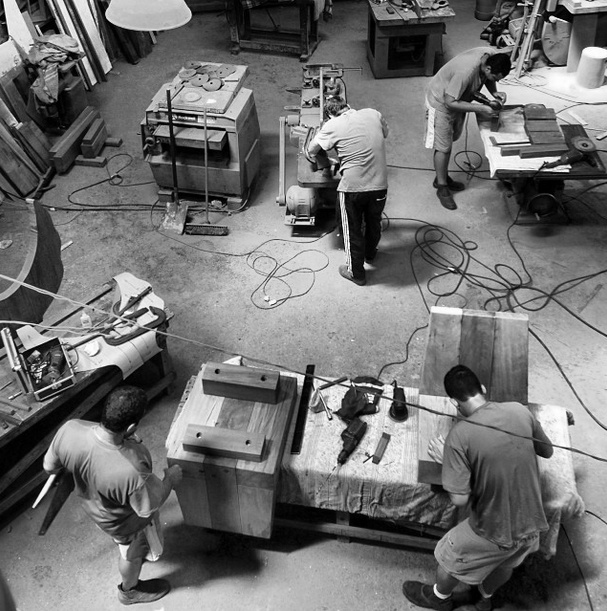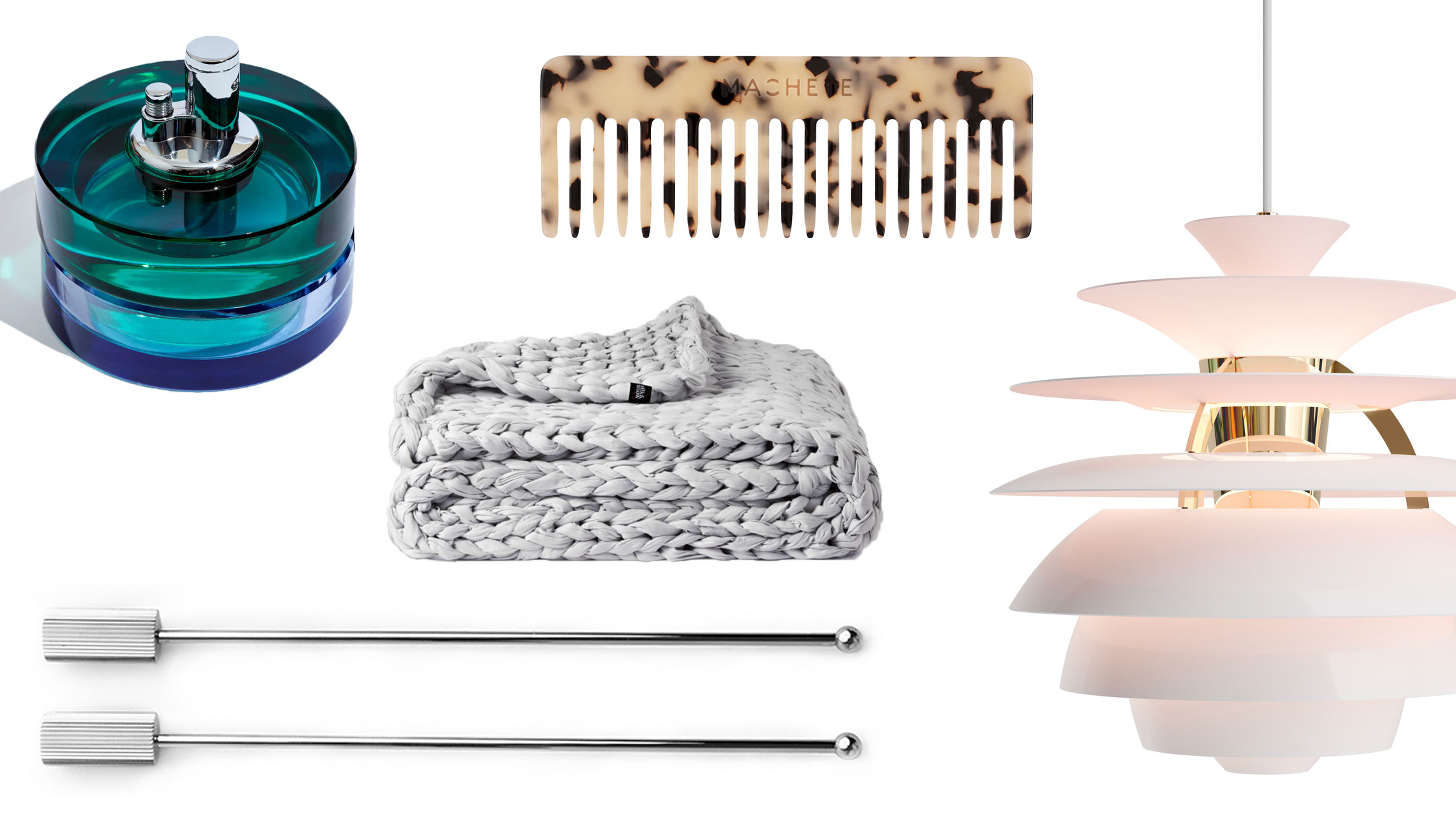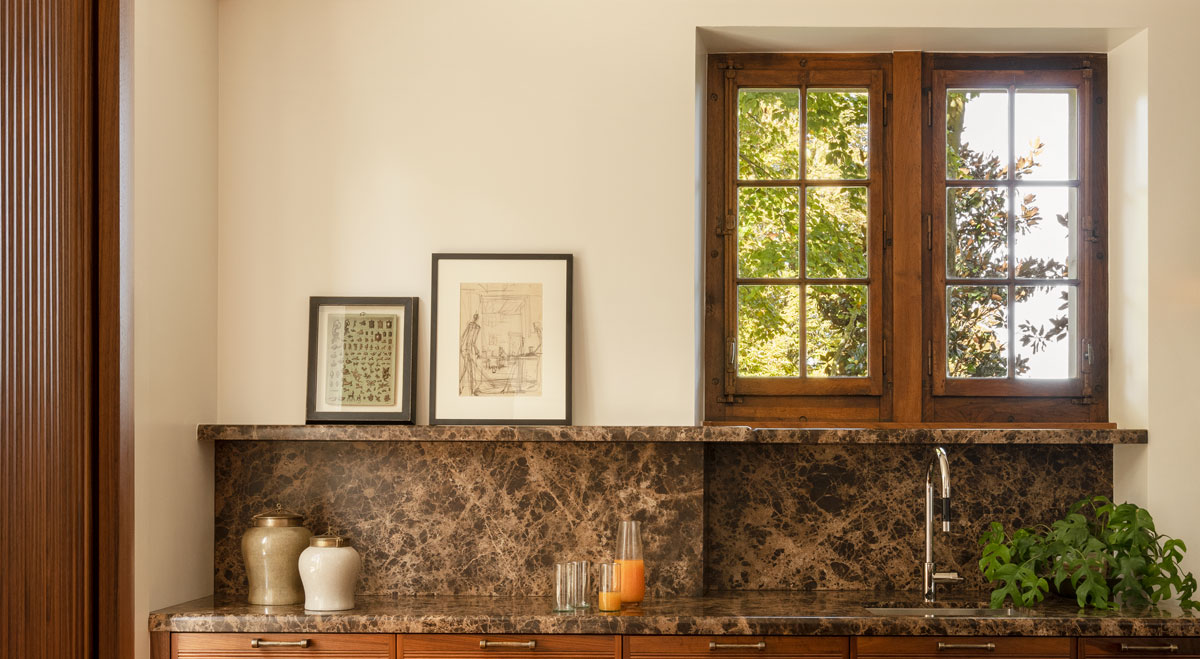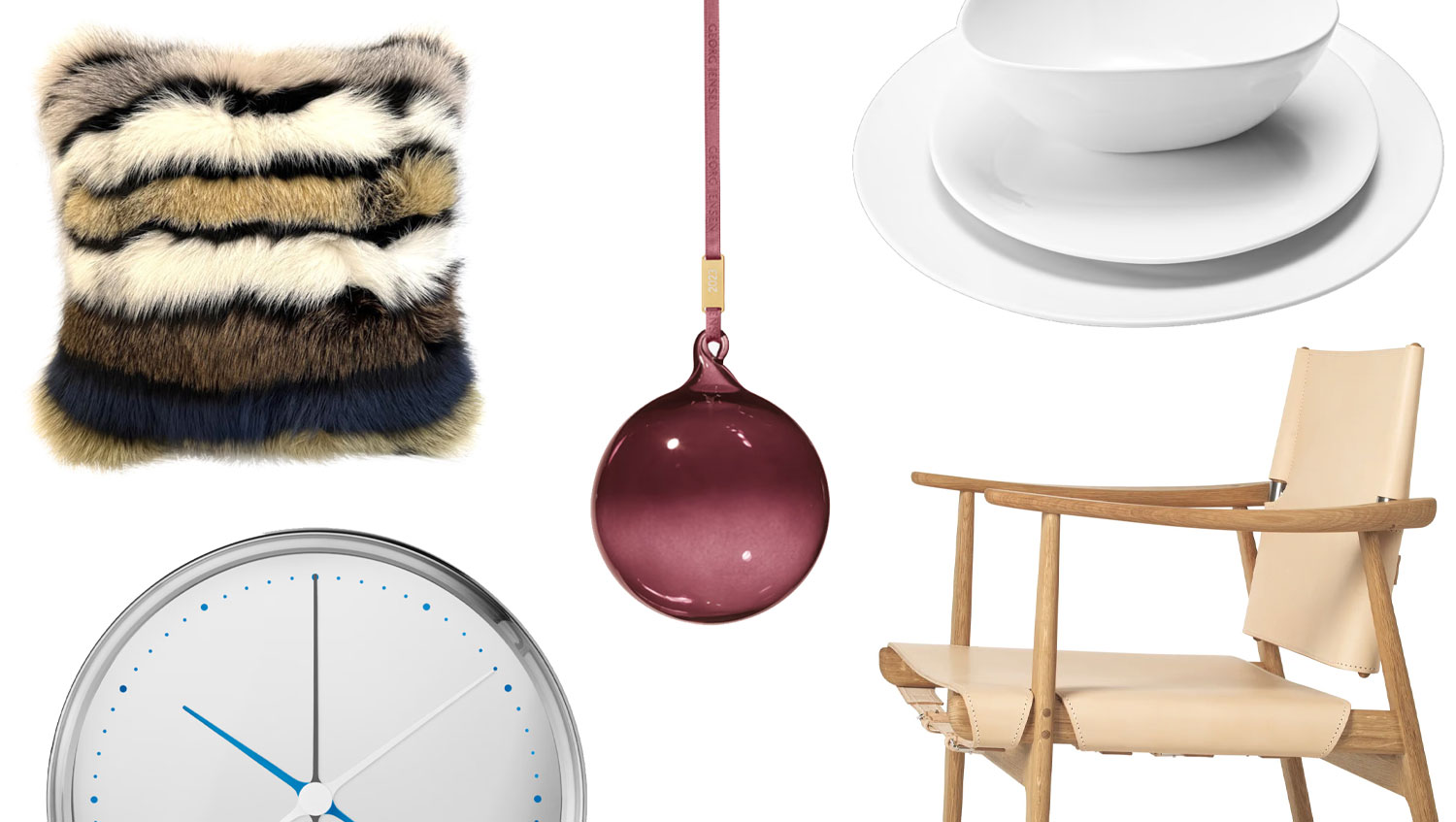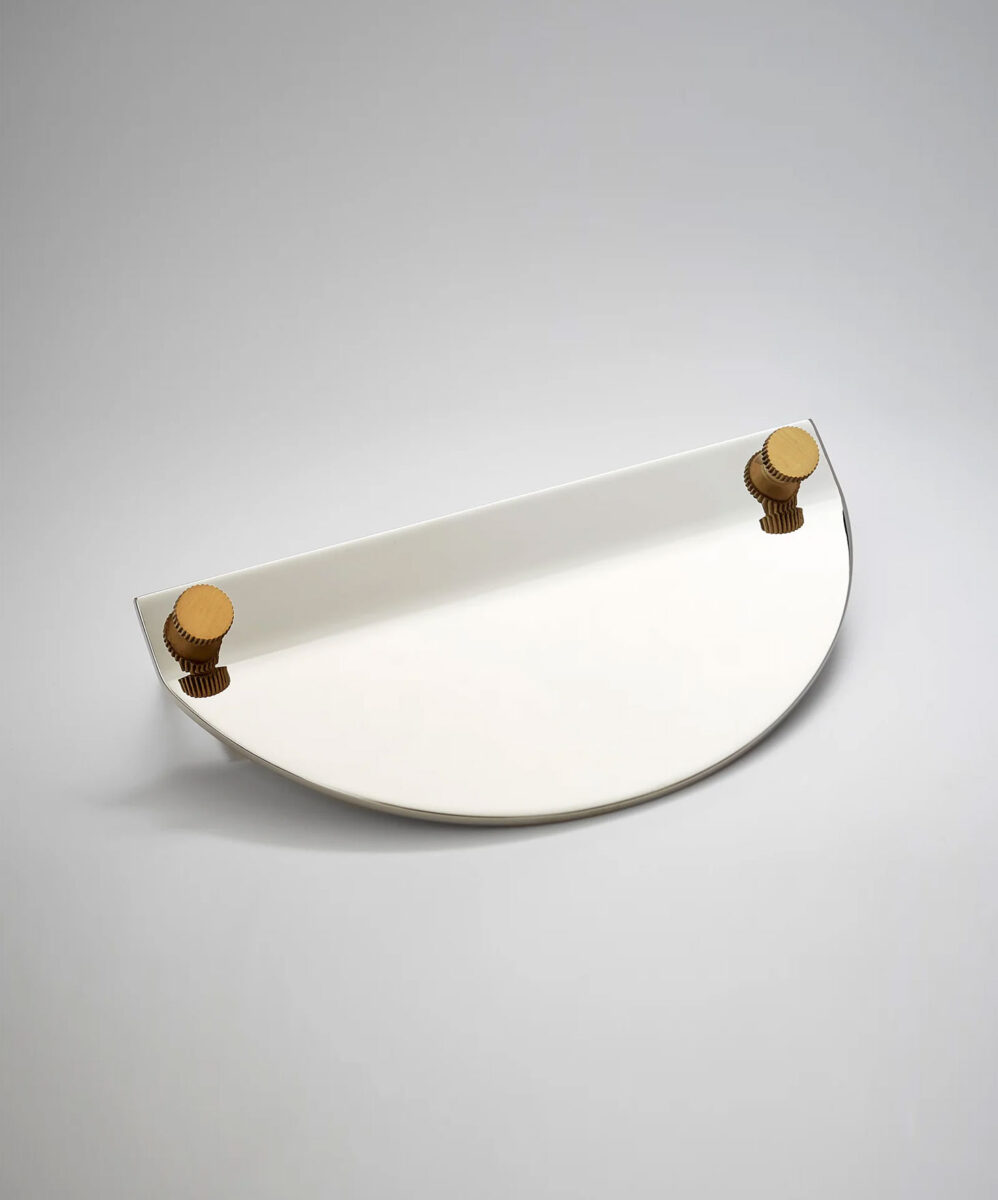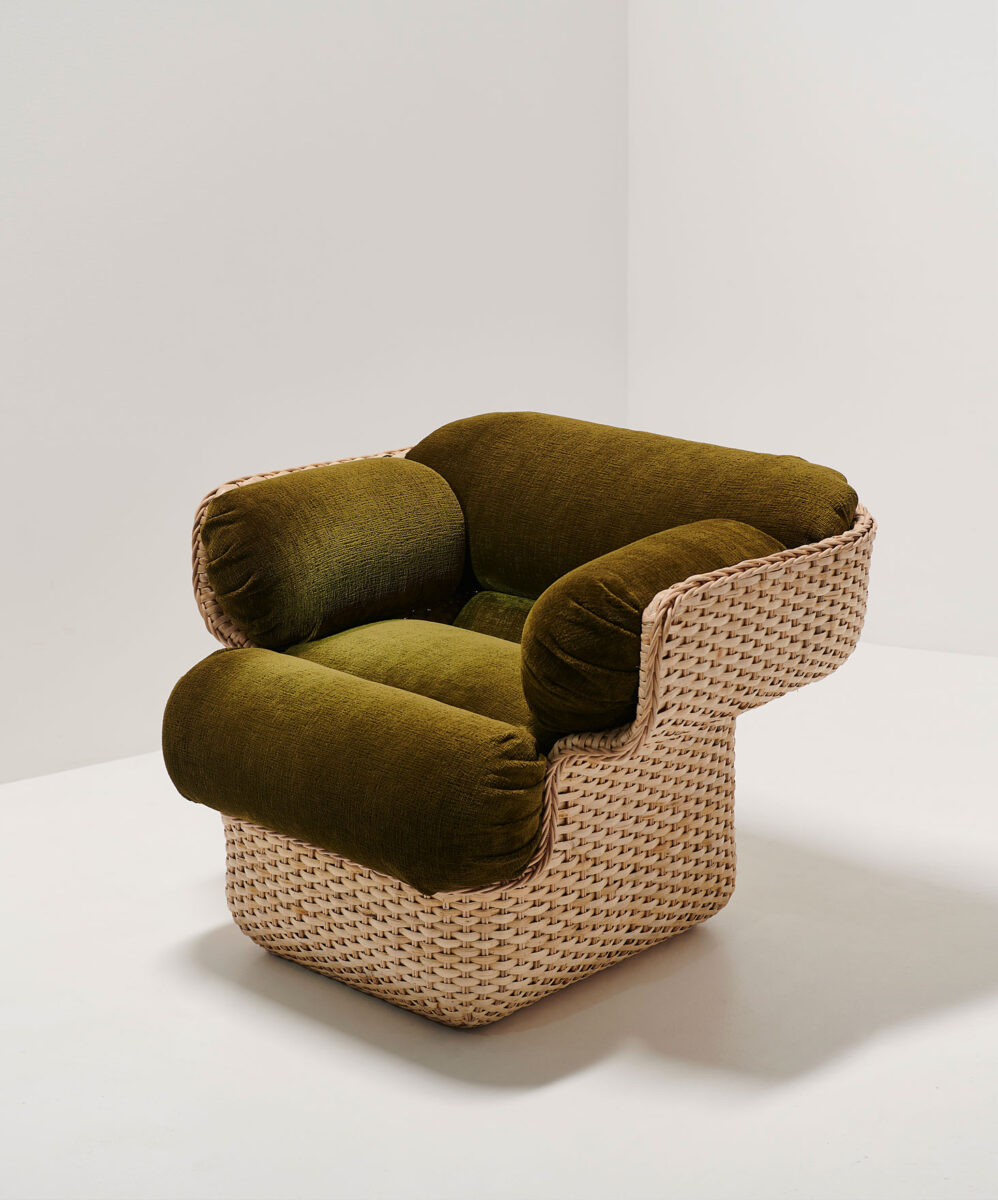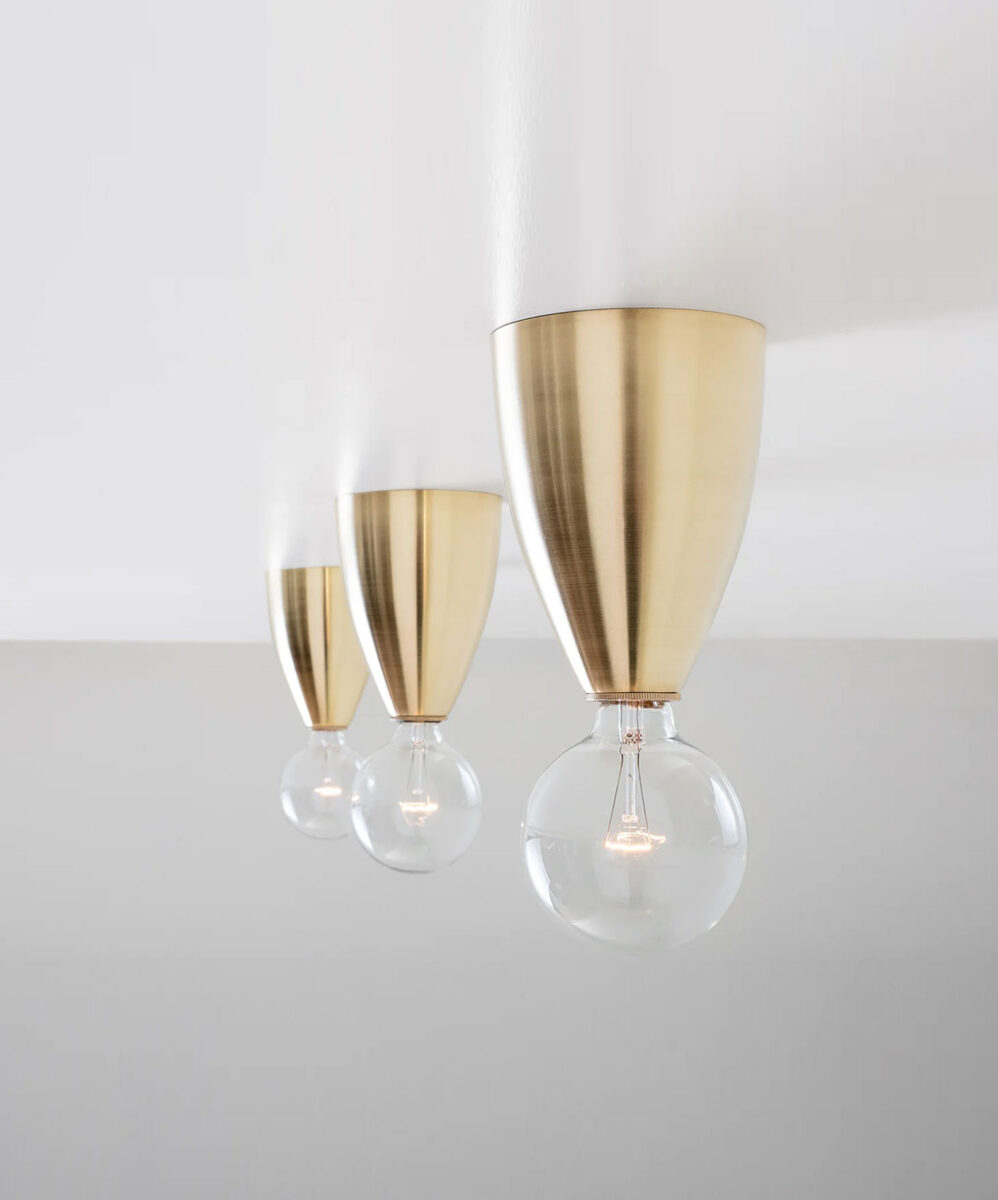For 20 years, Paris’ MAISON&OBJECT trade show has served as a hub for the exhibition of the very best in furniture, lighting and accessories, and this May, the renowned fair is coming to Miami. Standing as the first of what will be an annual North and South American-focused design celebration, MAISON&OBJET AMERICAS is already taking its cues from its Parisian namesake with the crowning of its very own designer of the year, Brazil’s Zanini de Zanine Caldas.
Born in Rio de Janeiro in 1978, Zanini de Zanine grew up surrounded by the fine architecture and designs of his famous father, José Zanine Caldas. When it came time for university, Zanini pursued a Masters in industrial design, all while apprenticing with furniture-design-legend Sergio Rodrigues who describes Zanini de Zanine as a great talent from the start… “Zanini de Zanine inherited all the artistic and artisanal qualities in addition to his moral and ethical virtues from his father. Zanininho, as I call him, served as an apprentice but collaborated with me like a veteran designer in my studio. All of his… designs contrasted with his humility.”
One of Zanini’s earliest works (early 2000s) – a lamp crafted from 500 cans.
He laments it was not much of a success. Photo: André Nazareth.
Escoras (2013) – Candlestick Anchors.
TISS chair (2013) – A modern-day twist on traditional Portuguese straw chairs found throughout Brazil.
D: Congratulations of being named MAISON&OBJET AMERICAS Designer of the Year! What has been your path to establishing such a successful career?
Z: I was fortunate to live 23 years alongside my father, architect and designer Jose Zanine Caldas, who taught me an incalculable amount linked to the world of creation. I traveled a lot with him through Brazil acquiring knowledge of our deep Brazilian culture. When I went to college at PUC-Rio to study Product Design, I worked as an intern at Sergio Rodrigues Studio, the grand master of Brazilian furniture. After I graduated I opted for an independent path where I started to produce my own furniture designs and objects, which I still do.
KONY flowerpot (2011) – inspired by the form of flower buds.
INFLATED WOOD (2013) – born of the concept of wood inflated soft and round.
Crafted from reclaimed Brazilian woods (Ipé and Jacarandá). Produced in limited edition for Cappellini.
D: Did having a famous architect/designer as a father and a filmmaker as a mother inform your career choice?
Z: Having my parents both work in the universe of the arts, without a doubt influenced me and awakened my keen interest in the world of creation. Through my parents I was able to learn and appreciate, at an early age, the great pillars of Brazilian culture. All of that knowledge is incredibly important for my career.
FLORA lamps (2013) – inspired by the common Brazilian Monstera flower.
TREZ chair (2013) references the work of Brazilian masters Amilcar de Castro & Joaquim Tenreiro.
D: Do you feel your Brazilian heritage is apparent in your designs? If so, in what ways?
Z: I hope so. My parents taught me to value my qualities as well as my flaws, and all of my projects start from a Brazilian reference, be it from art, architecture, crafts, fauna, geography… All my pieces carry some reference to Brazil. For example, the Flora Luminary I designed for Slamp (Italy) was inspired by the petal of a local tropical flower called Monstera, very common in Rio de Janeiro. Another example is the armchair Trez for Cappellini, which was created from the fusion of two Brazilian cultural references: the sculptor Amilcar de Castro and furniture designer Joaquim Tenreiro.
Espasso chair (2013) – an innovative silhouette designed for the Brazilian furniture specialists at ESPASSO.
Saleiro e Pimenteiro (2014) & Cortador de Pizza (2014).
D: As a designer, what do you most strive to achieve?
Z: My greatest challenge is to define the material [in] which the furniture will be produced, since many times I start with a sketch, the definition of the shape and then the search for the material that will best fit each piece.
The Espécies Ipê chair echoes the modernist designs of Zanini’s father in its elegant angles and meticulous carpentry.
BALANÇO (2011) rocking chair for Tolix.
D: What advice would you like to give your younger self or designers just starting out?
Z: I had the best results and business contacts when I left my comfort zone. I learned from my father and from Sergio Rodrigues that one should always stay true to one’s self when creating, without ever worrying about what’s trendy at the moment.
A tiny Zanini with his famous father, José Zanine Caldas.
Flashfoward – Skilled craftsmen hard at work at Studio Zanini (Rio de Janeiro, 2014).
D: Could you share a little known detail about yourself and/or your work?
Z: I suffer from insomnia and it is during that time that I find myself more inspired to draw.
Zanini de Zanine’s September 2013 solo exhibition at the ESPASSO gallery in New York.
D: What’s next for Zanini de Zanine?
Z: For the future we are exploring new opportunities with European brands. We are also planning not only products but also more interior spaces for residential towers, restaurants and hotels. The idea is to always share Brazilian culture and knowledge within our own country and also abroad.
D: We can’t wait the see what’s in store! A special thanks to Zanini de Zanine for taking the time to chat with us, as well a a big thank you to our friends at MAISON&OBJET for making this interview possible. Zanini de Zanine will be exhibiting at the inaugural MAISON&OBJET AMERICAS this May 12 – 15 in Miami. For those not attending, I suggest a peruse of his work at studiozanini.com.br.
Unless otherwise noted – photos via Studio Zanine, @zaninidezanine, Cappellini,
MAISON&OBJET AMERICAS & ESPASSO


